Muskogee Crape Myrtle
$44.50 Original price was: $44.50.$31.15Current price is: $31.15.
- Free Shipping over $25
- Fast & reliable delivery options
- Enjoy top quality items for less
- Multiple safe payment methods

Crape Myrtles are great plants for warmer areas and over the years many different varieties have been produced by plant breeders. They make beautiful small trees that can be controlled by pruning and they will produce large bunches of colorful flowers in summer and through fall right up to the last frost. They are easy, drought-resistant, trouble-free plants that belong in every garden warm enough for them to grow in.
The Muskogee Crape Myrtle is especially showy because its lavender-pink flowers begin to appear as early as spring and continue right into the fall, making to one of the longest blooming Crape Myrtles available. It has been specially bred to be resistant to the unsightly powdery mildew that often disfigures other Crape Myrtles and detracts from their beauty, so this plant will be gorgeous all the time.
Growing Muskogee Crape Myrtle Trees
If you live in cooler areas and have always admired the Crape Myrtles of the South, this tree can also be grown in the warmer parts of zone 6. There it will die back to the roots in winter but it will rapidly re-sprout in spring and by summer be at least 6 feet tall and covered in blooms. It can be grown behind other flowering Perennial plants and will flower with Phlox and other late-flowering Perennials.
Muskogee Crape Myrtle is a rapid-growing plant that can grow as much as 10 feet a year from an established plant. Newly planted bushes will grow 3 to 6 feet in their first year. Crape Myrtle is known for its drought-resistance and ability to flourish in hot, dry, exposed places and even in spots with only a little soil available. It has no important pests and it is also deer resistant, so it can be planted anywhere.
Size
Muskogee Crape Myrtle will usually grow as a tree with a single trunk rather than the multiple trunks seen with smaller Crape Myrtles. So if you are looking for a specimen tree that really looks like a tree this plant is a great choice. It will grow to 35 feet tall and 15 to 25 feet broad, making it the ideal Crape Myrtle if you want a larger tree.
Colors and Appearance
The large bunches of lavender-pink flowers are produced for almost 6 months of the year, giving a continuous display. The leaves are thick and leathery and grow about 4 inches long, which is larger than those of most other Crape Myrtles. In fall the leaves turn orange and red and Muskogee makes a particularly beautiful fall display, since some other varieties just turn yellow.
Muskogee also has especially beautiful mottled gray to tan-brown bark which falls in strips (‘exfoliates’) to reveal fresh bark beneath. In zone 6 most of the top-growth will die over the winter, but strong new shoots will grow up from the base and form a 6 to 10 foot shrub, which will flower in summer and into the fall. Once new shoots are seen in spring, you should remove the dead branches back to those new shoots.
Planting Location
Choose a sunny spot for your Muskogee Crape Myrtle. It should be planted in well-drained soil and not in a low-lying area of your garden. It will grow in all kinds of soil as long as they are not regularly wet and it has some salt-resistance so it can be planted close to a road. It is perfectly hardy in zones 7 to 9 and will grow in zone 6 too, although the branches will die in winter, so it will obviously not grow so tall and be shrub-like in that region.
It is important when planting Crepe Myrtles not to plant any deeper than the containers they are in and not to cover the roots with a lot of soil. So dig a hole two or three times wider than the pot, but no deeper. Place your plants in the hole, replace most of the soil and firm it well down. Then water thoroughly and replace the rest of the soil, being careful not to cover the roots with any extra soil.
History and Origins of the Muskogee Crape Myrtle
The common Crape Myrtle (Lagerstroemia indica) was first brought to Charleston, South Carolina around 1790 from its natural home in China and Korea. It thrived in the warm climate there and has long been a symbol of summer in the South, with its vivid blooms. There have been many color forms produced by plant breeders, but the problem of mildew has always been an issue for gardeners.
The Muskogee Crape Myrtle is a hybrid between the common Crape and another species, Lagerstroemia fauriei. It was released in 1978 and is the product of a program at the National Arboretum, Washington D.C. to breed new Crape Myrtles with resistance to mildew. All these plants were named after Native American Tribes and the Tuscarora Crape Myrtle is another hardy, mildew-resistant plant from this program that is smaller if the Muskogee Crape is too large for your needs.
Buying Muskogee Crape Myrtles at The Tree Center
Muskogee Crape Myrtle is such a special plant that only the exact plant will have the right color and growth rate. So, it must be produced directly from trees absolutely known to be right. Our trees are grown the correct way, from branch cuttings of these special trees. That way every tree we offer is identical to the original one. However, these take longer to produce, so avoid cheaper, seedling trees that will only be a disappointment.
We sell only trees that are true to the original form and we have a wide range of sizes to give you the best plant for your purpose. However we are constantly renewing our stock so our customers get fresh, healthy plants, so supplies of this tree may be limited. To avoid disappointment order now.
Be the first to review “Muskogee Crape Myrtle” Cancel reply
Related products
Flowering Cherry Trees
Dogwood Trees
Crape Myrtle Trees
Flowering Trees
Flowering Trees
Crape Myrtle Trees
Flowering Cherry Trees
Flowering Trees

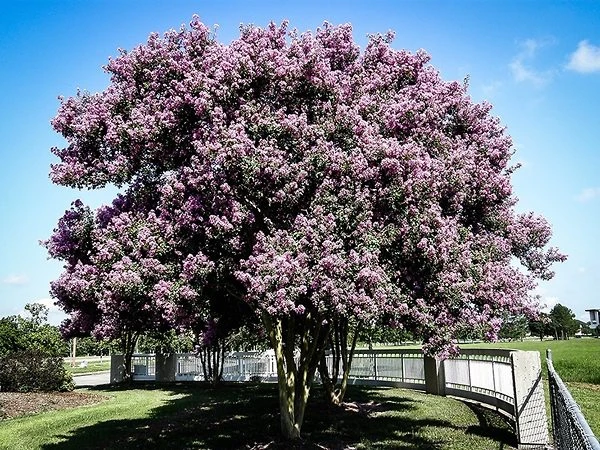
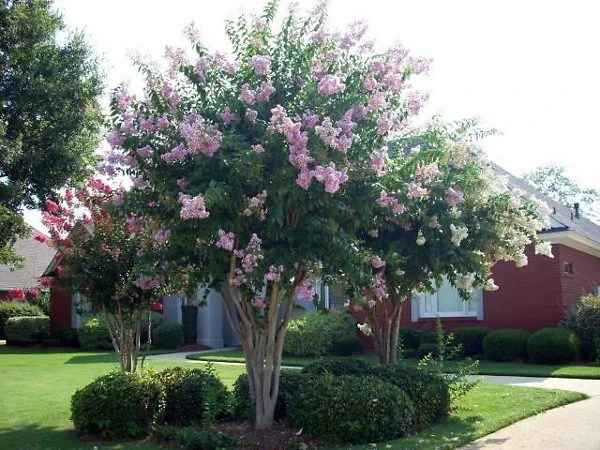

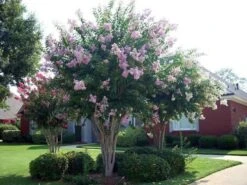


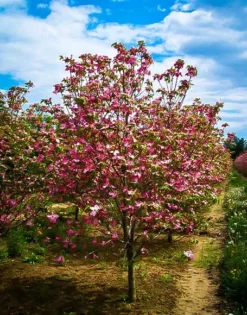


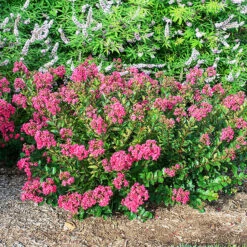
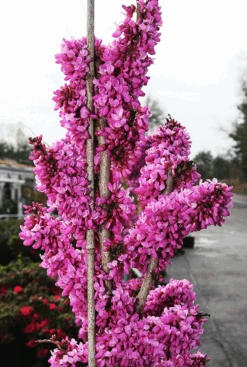

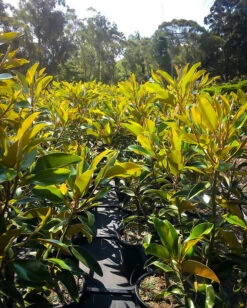



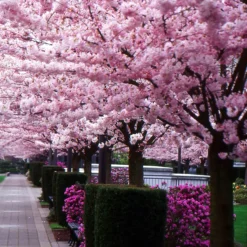

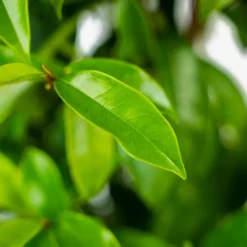
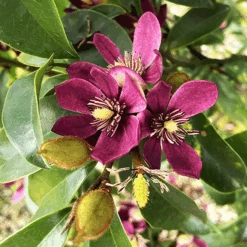
Reviews
There are no reviews yet.